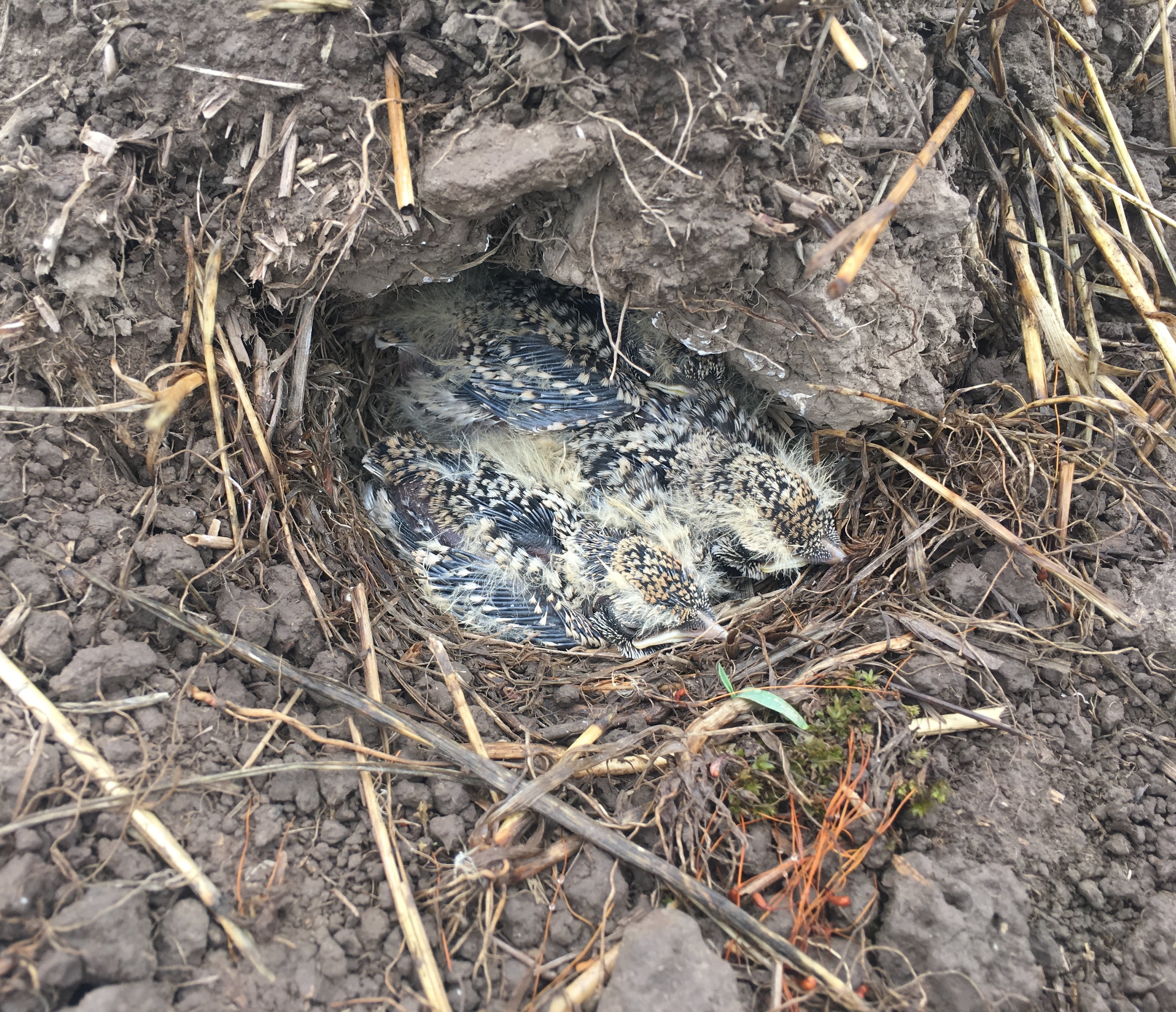
Federally threatened bird successfully hatched



Kreager said creating habitat for these threatened birds has been a partnership with the IAE, Bob Altman of the American Bird Conservancy, and the U.S. Fish and Wildlife Service’s (USFWS) Partners for Fish and Wildlife Program.
The USFWS constructed berms to flood swales and promote bare ground with sparse vegetation, while the IAE conducted an attraction study that included placing life-sized wooden models of larks on the ground while playing recordings of lark vocalizations.
“All these efforts paid off with larks successfully breeding at the site,” Kreager said. “Once imprinted on the site, the odds of these birds continuing to use HFNA are very high.”
The Willamette Wildlife Mitigation Program is a 2010 agreement between ODFW and Bonneville Power Administration to mitigate effects to fish and wildlife from the Willamette River Basin Flood Control Projects in the Willamette Valley. The program is managed by ODFW and funds being used to restore habitat at Herbert Farm.
We also acknowledge the help of Randy Moore, lark expert and instructor from OSU, who consulted on the project for the Corvallis Airport. The airport is funding some restoration at Herbert Farm to offset impacts to the nearby lark populations due to runway improvements.
Photos by Lara Jones.
Restoration
Research
Education
Get Involved
Contact
Main Office:
4950 SW Hout Street
Corvallis, OR 97333-9598
541-753-3099
[email protected]
Southwest Office:
1850 Old Pecos Trail, Suite I
Santa Fe, NM 87505
[email protected]
© 2024 Institute for Applied Ecology | Privacy Policy